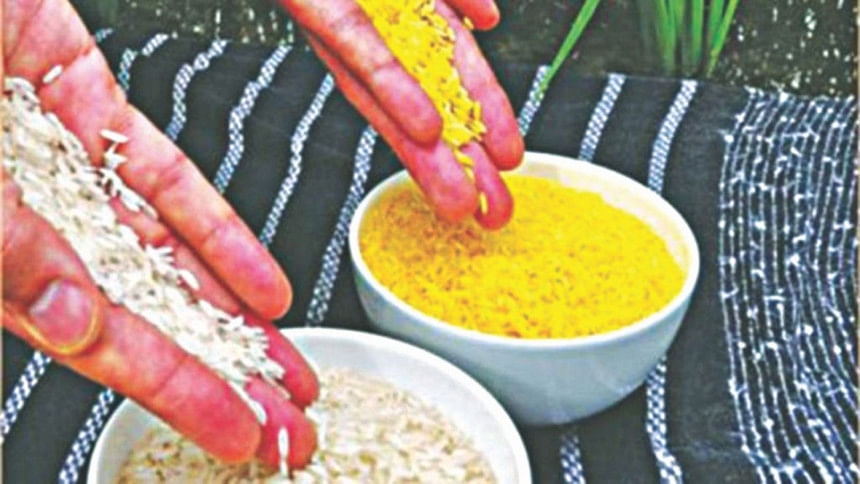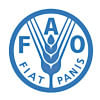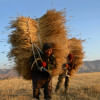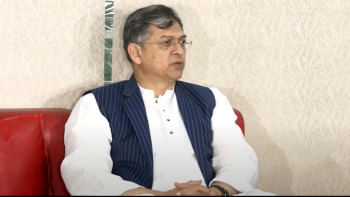Golden rice: The malnutrition fighting crop

Over the past two decades, Bangladesh has remarkably managed to feed an increasing population better - the UN's Food and Agricultural Organization estimates that in 1993, the average Bangladeshi had access to just 2,000 calories per day, whereas today that number has increased to 2,450 calories per day. To a large extent, this success comes on the back of ever-higher rice production - rice makes up 70 percent of the average daily calorie intake.
Unfortunately, rice may make an empty stomach feel full, but it lacks many vital micronutrients. The latest survey shows three-quarters of all children deficient in vitamin A. This matters because studies show that every day an estimated 88 children in the country go blind due to vitamin A deficiency. And each year, the condition is responsible for 28,000 deaths of children under age 6. Furthermore, chronic undernourishment leads to stunting, which hinders cognitive and physical development and affects about six million Bangladeshi children.
One solution is to provide vitamin A in capsules, which reach about 63 percent of children. It would also be good to get more children to eat other foods rich in vitamin A, but this is a challenge of both education and income, bounded by the 70 percent of rice intake. But what if there was a cheap and effective way to exploit that rice to get more vitamin A to everyone?
New research by Uttam Deb, an economist at the International Crops Research Institute for the Semi-Arid Tropics, suggests that investment in the development and dissemination of golden rice can help Bangladesh overcome vitamin A deficiency and its related blindness and deaths. Each taka spent on golden rice could do up to 329 takas of good.
Research on golden rice began in the 1990s as an effort to develop a type of rice that could counter malnutrition. The rice is fortified with beta-carotene, which is converted into vitamin A inside the body, and also gives the strain of rice it its colour. Because the rice is enhanced with micronutrients, widespread adoption of it holds the potential to combat the critical vitamin A deficiency in Bangladesh, which would be incredibly valuable for the country.
Not only would the beta-carotene-fortified rice combat malnutrition, golden rice also has higher crop yields than many improved varieties. So benefits from its cultivation would arise both from increased crop productivity as well as the positive health effects. Furthermore, golden rice is a Boro rice, so the geographic areas where it is most likely to succeed in the field overlap considerably with the areas where nutrition deficiencies are highest in Bangladesh.
The costs to release golden rice for cultivation by 2018 include funding for research and development to continue to adapt it to the Bangladesh environment. It would also require paying costs for crop trials, extension services, seeds, marketing, and education. In total, the costs would be more than Tk. 800 million.
When it comes to benefits, golden rice is not a panacea for fighting vitamin A deficiency in Bangladesh, it should rather be seen as a complement to existing initiatives that provide nutritional supplements to unreached people. Deb's analysis estimates that this strategy holds the potential to reduce vitamin A deficiency nationwide by roughly 3 percent, assuming that 30 percent of the population would adopt the rice as part of their regular diet.
In reviewing Deb's research, Saul Morris of the Children's Investment Fund Foundation and Sue Horton of the University of Waterloo separately noted the lack of significant causal relationship between vitamin A deficiency and the greater risk of stunting. However, Deb points out that most studies show that fighting vitamin A deficiency can have a positive, if small, impact on stunting. He concludes that the cultivation and dissemination of golden rice could decrease stunting by up to 3 percent nationwide, perhaps preventing approximately 165,000 children from becoming stunted. When added together, the value of these health benefits is more than Tk. 175 billion.
In addition, golden rice stands to increase rice yields by up to 10 percent. This estimated productivity gain should be taken as optimistic, given that scientists are also breeding other new, higher-yielding rice varieties that could benefit farmers in the absence of golden rice. But even if the average yield increases by just 5 percent when compared to the existing BRRI dhan29 rice variety, Bangladeshi farmers would still benefit by nearly Tk. 110 billion.
Overall, the health and productivity benefits combined could equal up to Tk. 285 billion. Each taka spent toward adoption of golden rice in Bangladesh could do up to 329 takas in benefits. The eminent panel of local and international experts, who reviewed all Bangladesh Priorities research, concluded that Deb's analysis may be on the optimistic side. However, they also noted that most of the costs to develop golden rice have already been incurred, that the variety holds potential to improve upon the status quo, and farmers can choose to use it or not. For those reasons, they found it a worthwhile strategy that could provide net benefits regarding both farmer productivity and health measures.
Is golden rice one of the smartest solutions for Bangladesh? Let us hear from you at https://copenhagen. fbapp.io/malnutritionpriorities. We want to continue the conversation about how to do the most good for every taka spent.
The writer is president of the Copenhagen Consensus Center, ranking the smartest solutions to the world's biggest problems by cost-benefit. He was named one of the world's 100 most influential people by Time magazine.

 For all latest news, follow The Daily Star's Google News channel.
For all latest news, follow The Daily Star's Google News channel. 








Comments